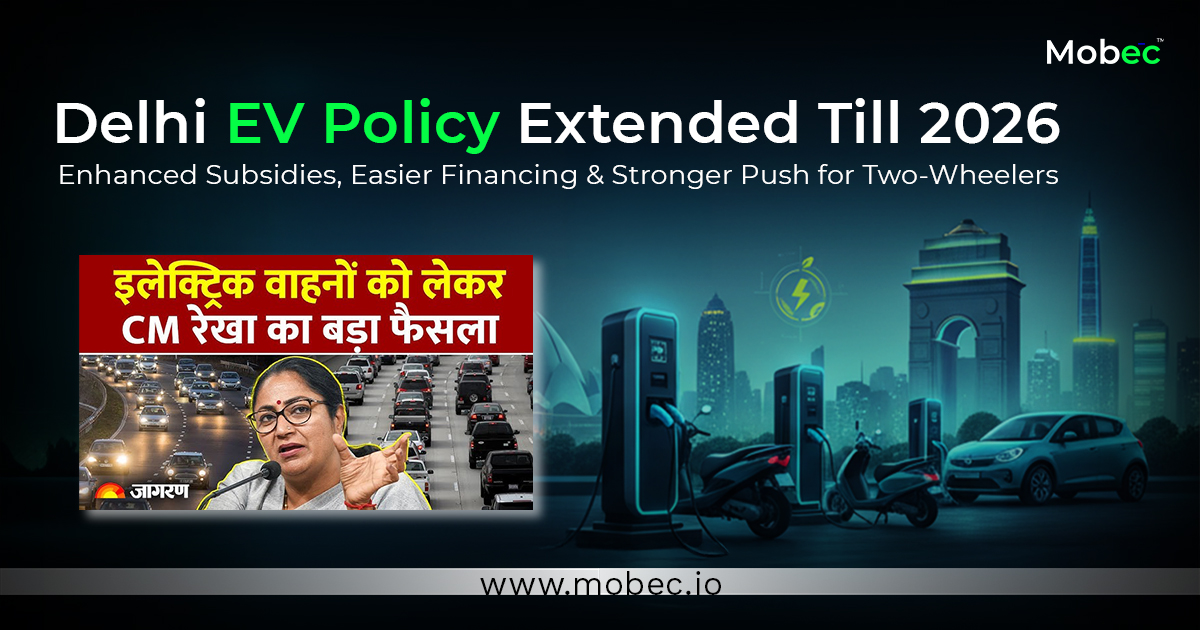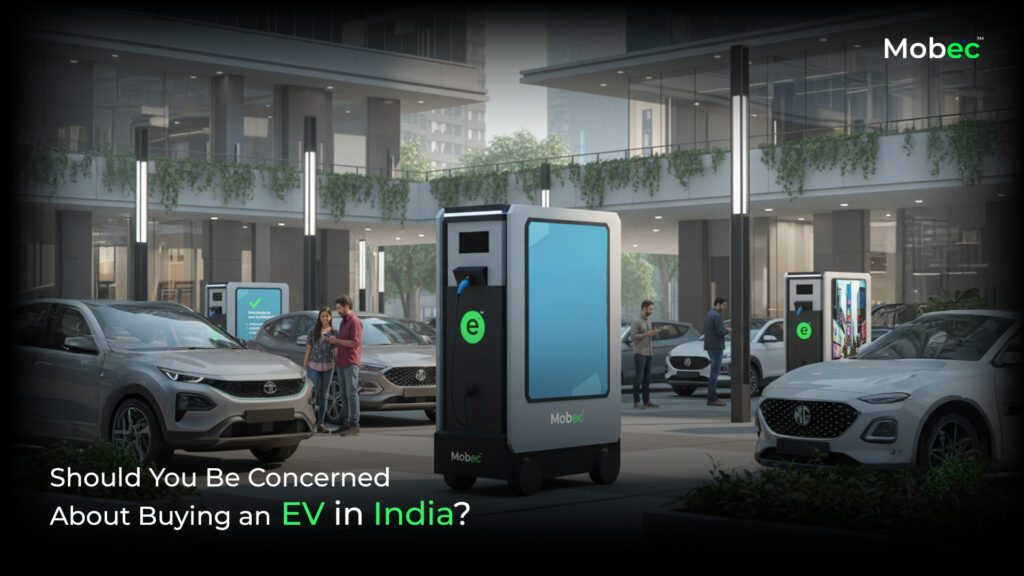Delhi is accelerating its journey toward a sustainable electric future. The Delhi government has officially extended its Electric Vehicle (EV) Policy until March 2026, ensuring continuity of benefits for buyers while the upcoming Delhi EV Policy 2026 is finalised.
This extension maintains support for Delhi’s ongoing electric vehicle adoption, but the real excitement lies in the potential upgrades: higher EV subsidies for two-wheelers, interest-based incentives, and possibly a return of benefits for four-wheeler EV buyers. While official confirmation is pending, the indications suggest a comprehensive push toward making Delhi an EV-first city.
Key Highlights of the Upcoming Delhi EV Policy 2026
Here’s a breakdown of the major proposed changes:
Higher Subsidies for Electric Two-Wheelers
- Currently, buyers receive ₹5,000 per kWh of battery capacity (capped at ₹30,000).
- The new scheme may raise or even double this limit — meaning lower upfront costs for electric scooters and bikes and stronger encouragement for the mass adoption of two-wheelers.
Cheaper Financing & Loan Support
- The government is expected to offer interest subvention and concessional loans, especially targeted at gig-workers, delivery partners and small businesses.
- This initiative makes EV ownership more financially viable — for daily commuters and commercial operators.
Scrappage Incentives
- Buyers exchanging old petrol or diesel vehicles for EVs may receive additional benefits.
- This promotes sustainability and cost-efficiency together.
EV Charging Infrastructure Expansion
- The policy emphasises building EV charging stations across residential areas, commercial hubs, and delivery zones.
- A critical step to reduce range-anxiety and facilitate seamless electric mobility.
Why Electric Two-Wheelers Are the Priority
Two-wheelers dominate Delhi’s roads. That’s why the government is focusing incentives here:
- By offering higher subsidies and better financing, electric scooters and bikes become the obvious choice for last-mile commuters.
- For gig economy workers or delivery riders, this means lower ownership cost and fewer hassles.
- Environmentally, the shift helps reduce emissions and noise pollution – a win for Delhi’s air quality goals.
Four-Wheelers: Potential Benefits Ahead
Cars haven’t been entirely left out. In the past, four-wheeler EV policy incentives have been limited (mostly benefiting early adopters). But reports suggest that the 2026 policy may:
- Reintroduce or increase subsidies for electric cars.
- Possibly double existing limits or add tax benefits + low-interest financing.
If implemented, Delhi could become one of India’s most EV-friendly metros, supporting both two-wheeler and four-wheeler adoption, helping transition toward cleaner urban mobility.
Implications for Buyers and Stakeholders
- Two-Wheeler Buyers: Anticipate higher subsidies and affordable financing options soon.
- Four-Wheeler Buyers: Monitor official announcements before making decisions, incentives may return or improve.
- Gig Workers & Fleet Operators: These groups stand to gain maximum benefit from interest subvention + scrappage-linked incentives.
- Businesses & Charging Operators: The expansion of EV charging infrastructure opens opportunities for partnerships, new business models and investment.
Timeline & What’s Next
- The current EV policy extension will remain active until March 2026 or until the new version is formally notified.
- Once implemented, these measures could significantly accelerate EV adoption across Delhi – supporting the city’s sustainable mobility goals and positioning it as a national leader in India’s EV transition.
Final Thoughts
Delhi’s electric vehicle policy journey continues to be a benchmark for urban sustainability. With expanded incentives for two-wheelers, potential benefits for four-wheelers, and growing support for infrastructure, the city is paving the way for India’s clean and connected mobility future.
While the official announcement of all details is still awaited, one thing is clear: the future of Delhi’s roads is electric, and the upcoming policy could define the city’s green mobility landscape for years to come.





